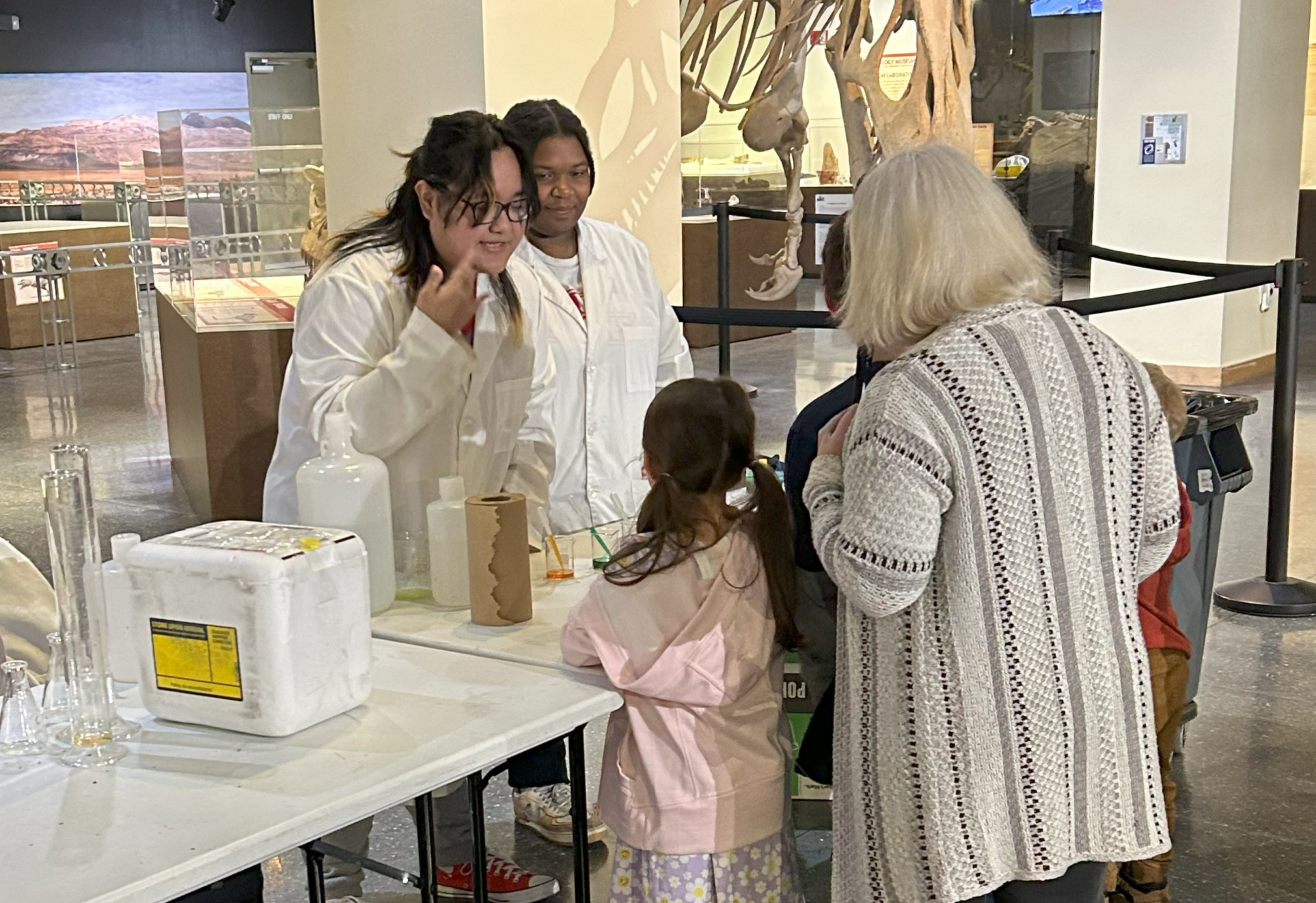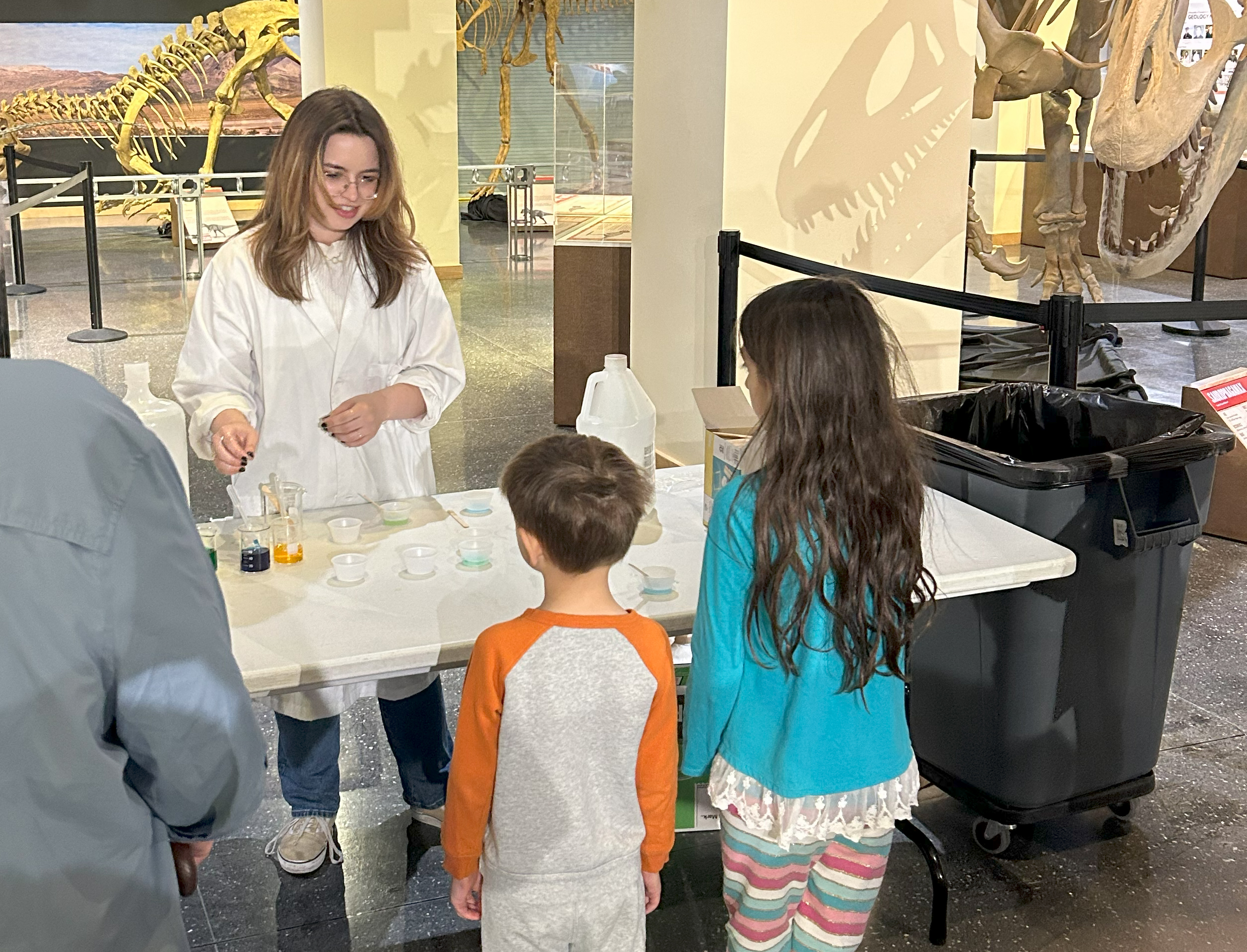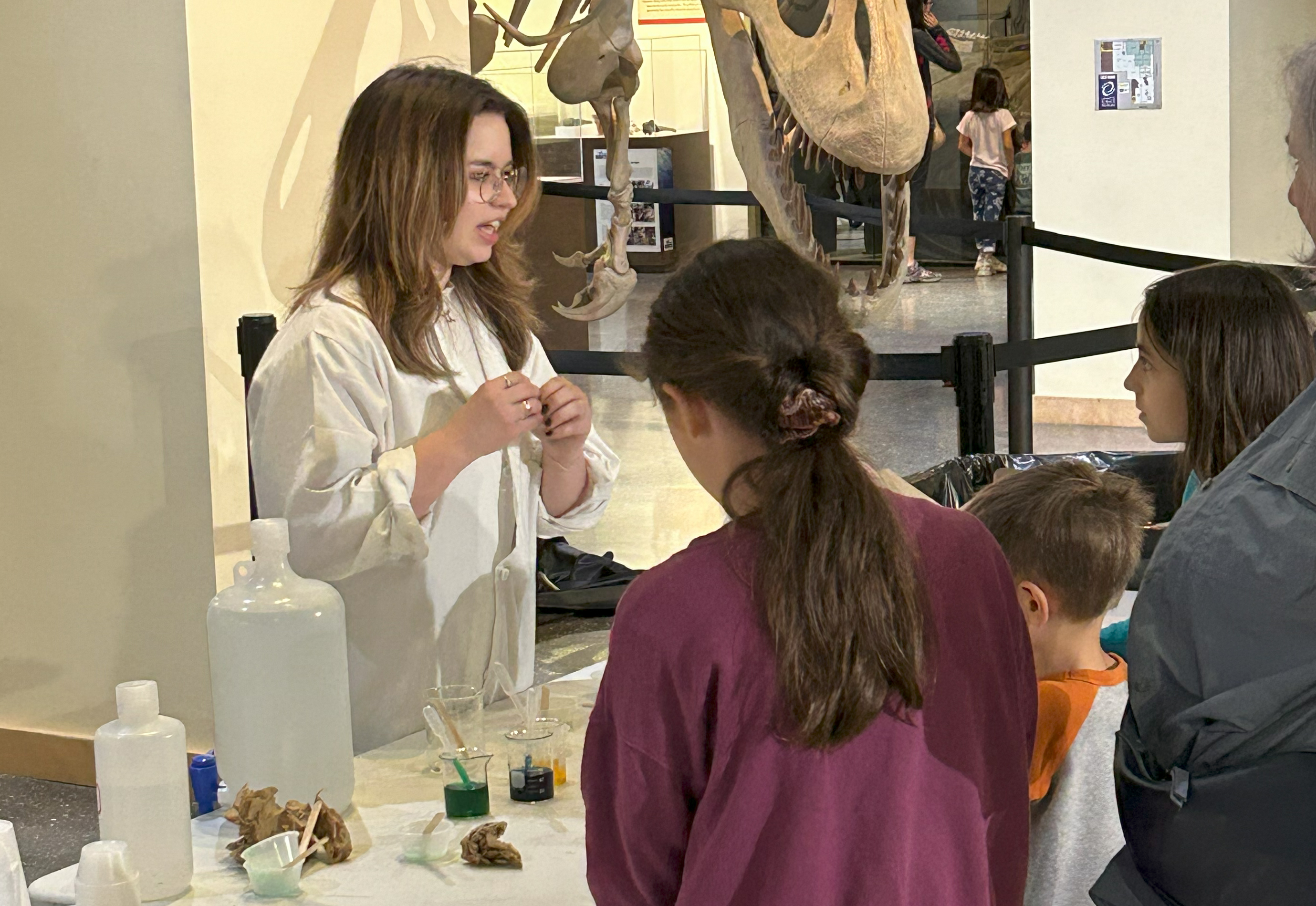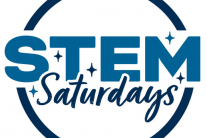On August 8th, two of our Geosciences graduate students, Ujjwal Kharel and Hamza Rehman, had an amazing opportunity
STEM Saturday: Hands-on Chemistry
Tue, 03/26/2024 - 1:15pm
On Saturday 9 March 2024 representatives of the chemistry department and the UL Lafayette Student Chapter of the American Chemical Society hosted STEM Saturday: Hands-on Chemistry at the Lafayette Science Museum. This event was a great success! The members of the chemistry team are: Gabriel Overby (the event organizer, ACS Student Chapter President, and chemistry undergraduate student), Madeline Cheramie (chemistry undergraduate student and ACS member), Kyla J Palmiano (physics undergraduate student and ACS member), Gracie Jeanclaude (chemistry undergraduate student and ACS officer), and Lily Guidry (not pictured) (chemistry undergraduate student and ACS member).
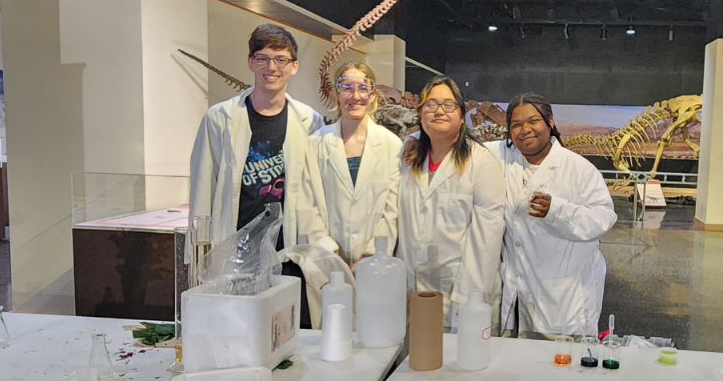
Our team brought cold-themed chemistry to the science museum with demonstrations involving dry ice. Our team members explained how pH indicators work by using solutions of water and our indicators which turned our solutions into various colors at neutral pH's. We then showed how when a base is added, the indicators we used would quickly change color to bright pink or purple. We then added some dry ice to our solutions. The dry ice turned directly into a gas in our solutions. As the carbon dioxide mixed with the water, it quickly lowered the pH and changed one of the solutions to clear and the other to green followed by a yellow color.
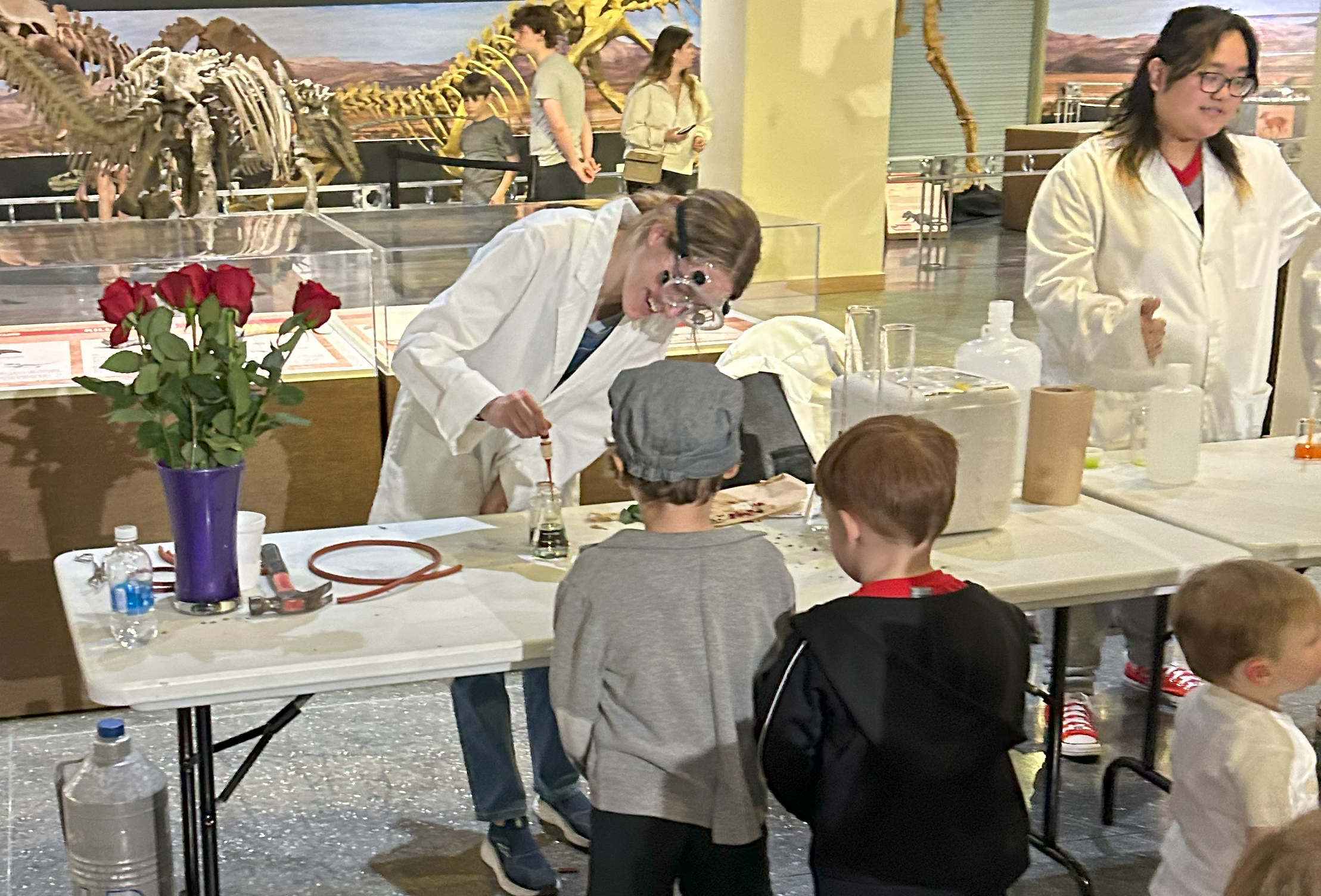
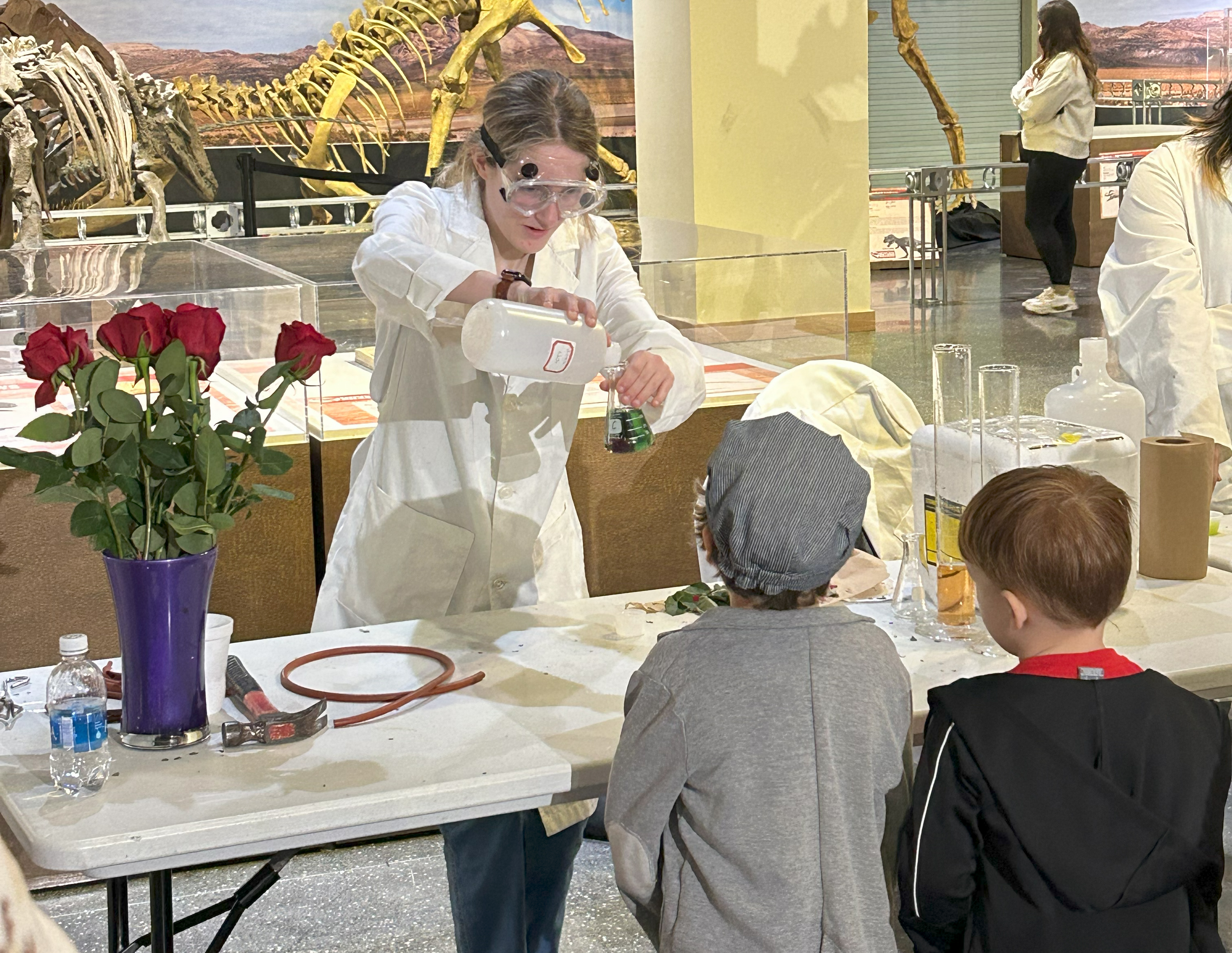
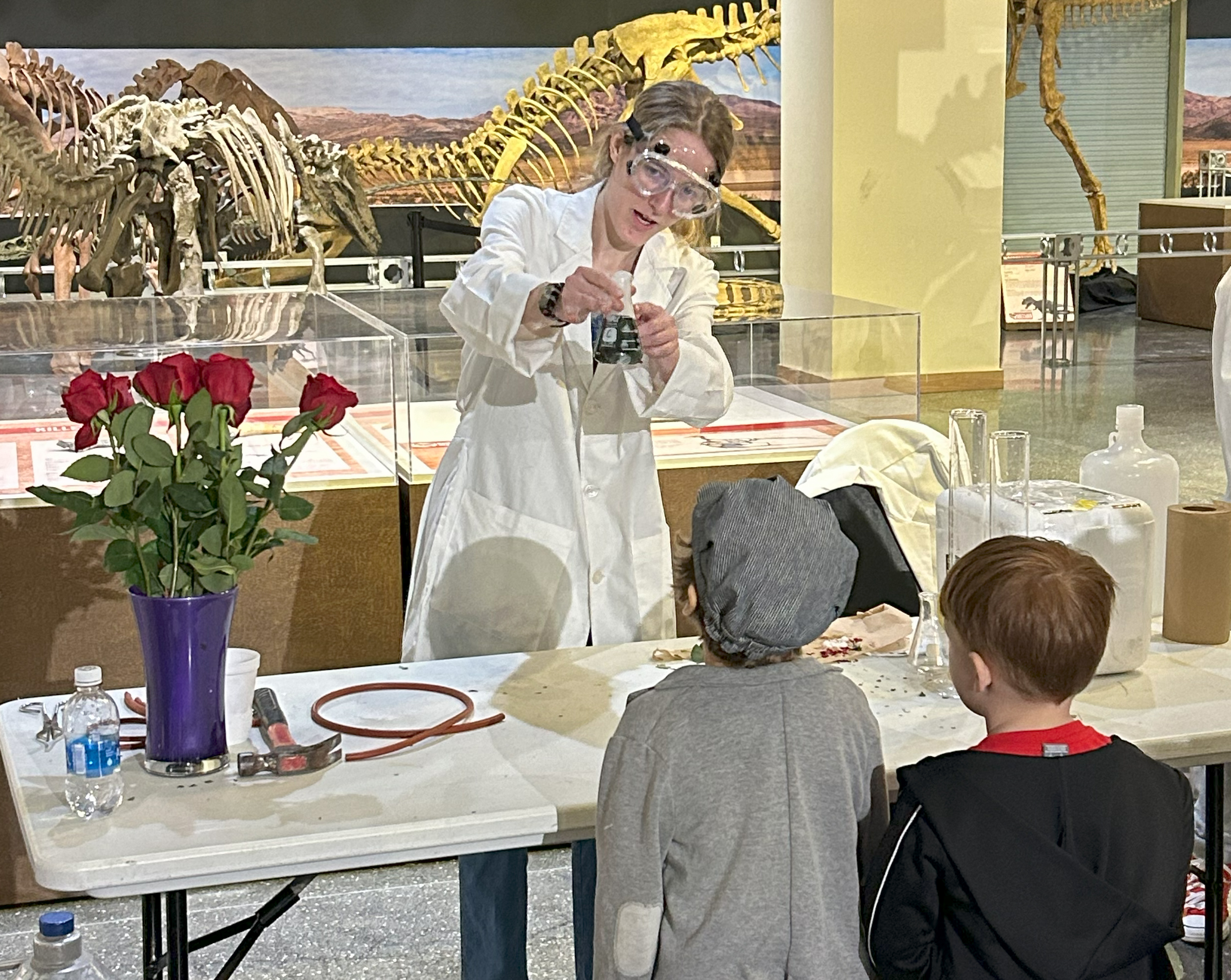
We also had a demonstration using liquid nitrogen. We started by putting some of our liquid nitrogen into an insulated cup. We then dipped a rose into the -320 degree Fahrenheit liquid which froze almost instantly. The frozen rose left a cloud of condensed water vapor around it and the petals became brittle enough to shatter in our hands.
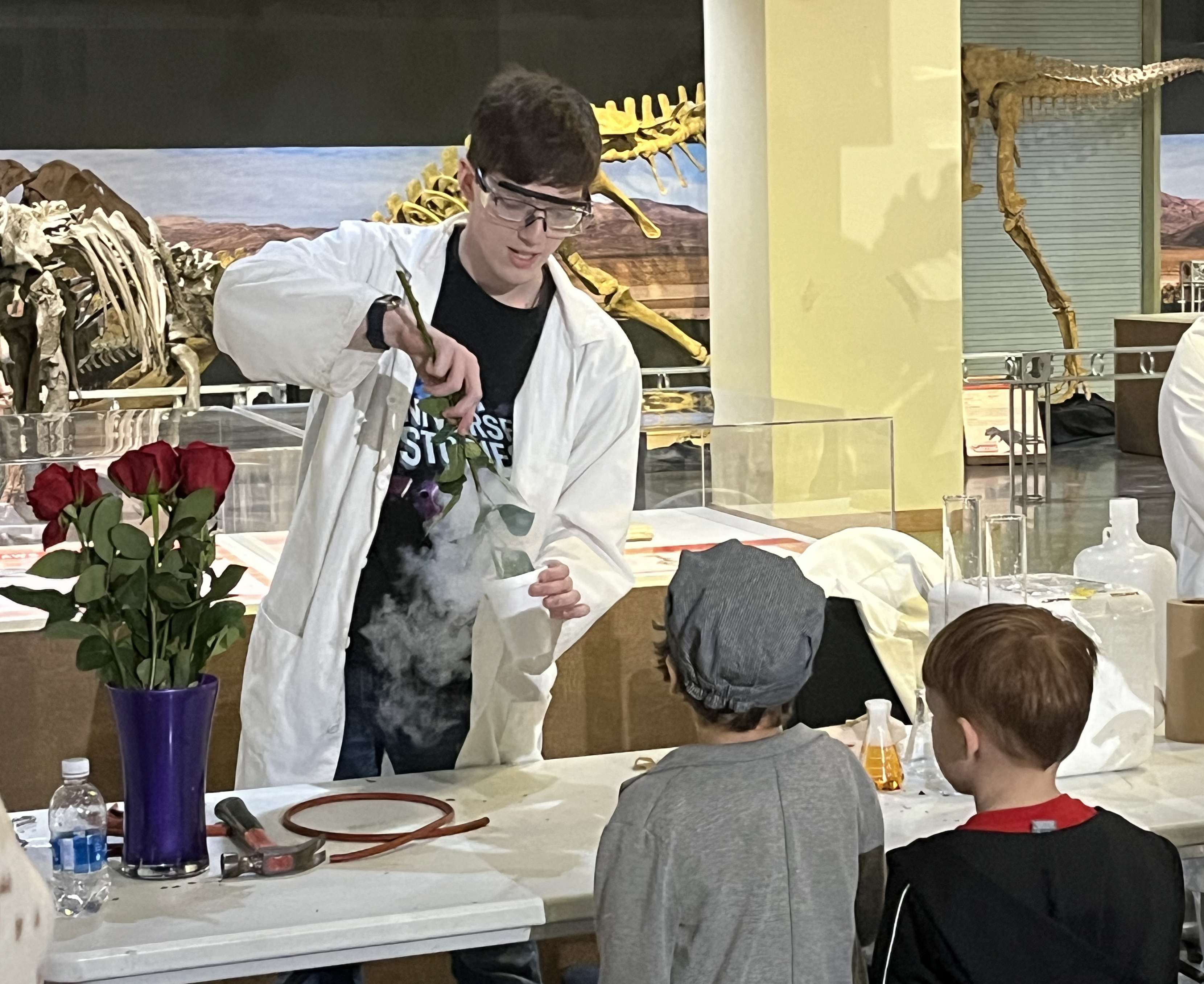
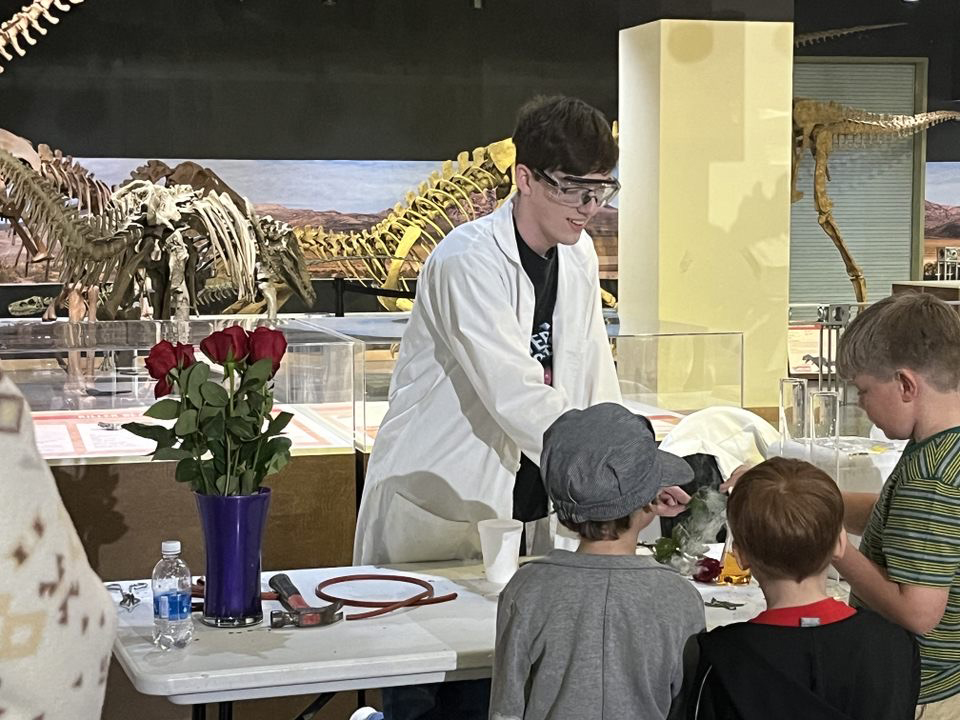


The third demonstration involved more hands-on chemistry as visitors learned the chemistry behind slime. The participants made their own slime and experimented with it. Our team members explained how when borax is added to a glue solution, the long polymer chains that make up the glue are held together by the borax ions. This gives our slime its stretchy and pliable texture.
